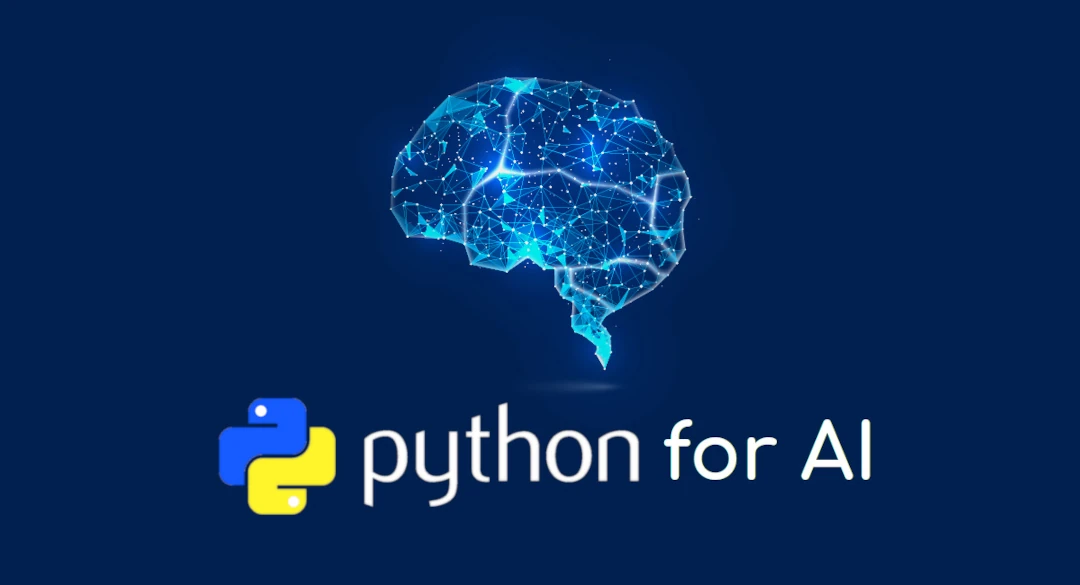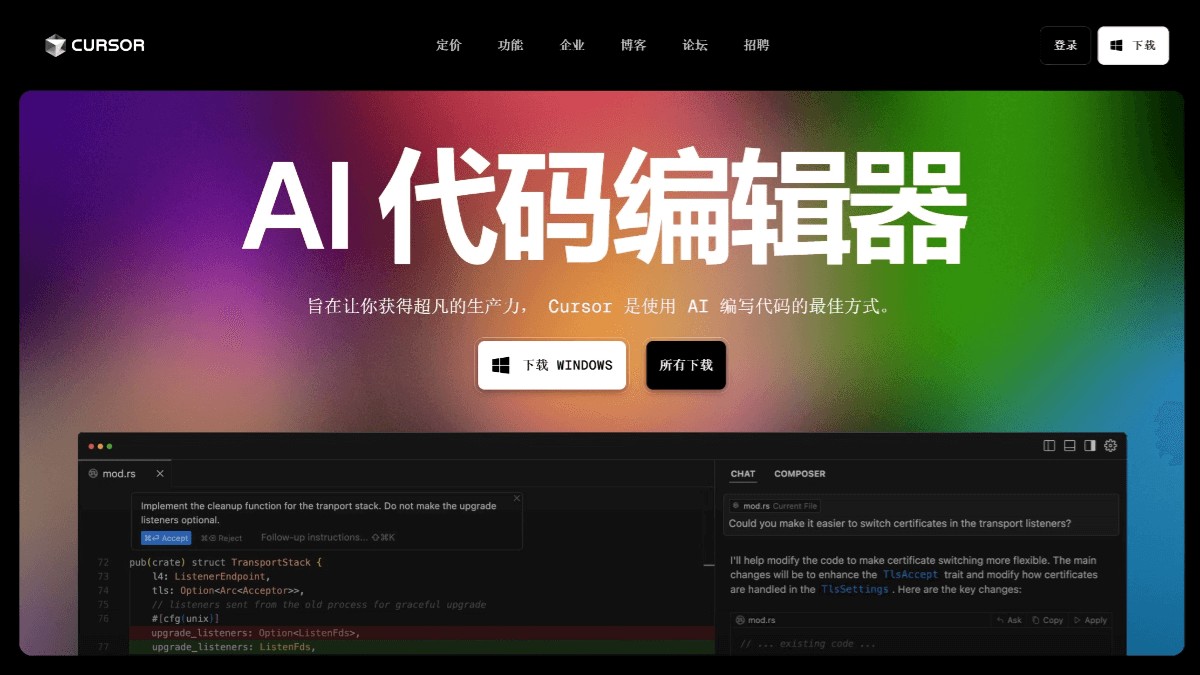
The key to learning Python automation programming is to master basic syntax, understand common libraries, carry out practical projects, and make use of online resources. This article will detail how to quickly master Python automation programming through these steps.
Variables and data types In Python, variables are containers for storing data, and data types determine the nature of the data. Common data types include integers ( int ), floating point numbers ( float ), strings ( str ) and Boolean values ( bool ). For example:
x = 10 # Integer y = 3.14 # Floating point number name = "Zhang San" # String is_student = True # Boolean value
Understanding and mastering these basic data types and variable definitions is the first step in learning Python programming.
Control Structure Control structures include conditional statements and loop statements. Conditional statements are used to execute a block of code under specific conditions, while loop statements are used to repeatedly execute a block of code.
Conditional statement example:
if x > 0:
print("x is a positive number")
else:
print("x is a non-positive number")Loop statement example:
for i in range(5): print(i)
Proficient use of control structures can make programs more flexible and efficient.
Functions and Modules Functions are reusable blocks of code, and modules are files that contain multiple functions and variables. Functions can improve code readability and reusability:
def greet(name):
print(f"Hello, {name}")
greet("Zhang San")The use of modules can organize the code in a more organized way:
#Create a module mymodule.py def add(a, b): return a + b # Import and use import mymodule in another file result = mymodule.add(3, 5) print(result)
Mastering functions and modules is the key to improving code structure and efficiency.
Standard library Python's standard library provides a large number of practical modules, such as os , sys , datetime , etc. The os module is used for operating system interfaces, sys module is used for interacting with the Python interpreter, and the datetime module is used for processing dates and times. For example:
import os print(os.getcwd()) # Get the current working directory import sys print(sys.version) # Get the Python version from datetime import datetime print(datetime.now()) # Get the current time
Familiarity with common modules in the standard library can greatly improve programming efficiency.
Third-party libraries In addition to the standard library, there are a large number of third-party libraries in the Python ecosystem, such as requests , pandas , selenium , etc. These libraries can help us quickly implement complex functions.
Mastering commonly used third-party libraries can make you even more powerful in automated programming.
The requests library is used to send HTTP requests:
import requests
response = requests.get('https://api.github.com')
print(response.json()) The pandas library is used for data analysis:
import pandas as pd
data = {'Name': ['Zhang San', 'Li Si'], 'Age': [28, 22]}
df = pd.DataFrame(data)
print(df) The selenium library is used for automated testing and web page operations:
from selenium import webdriver
driver = webdriver.Chrome()
driver.get('https://www.google.com')Hands-on projects to automate office tasks are one of the most effective ways to learn programming. You can start by automating daily office tasks, such as automating Excel file processing, sending emails, etc.
Automated processing of Excel files:
import pandas as pd
df = pd.read_excel('example.xlsx')
df['Total'] = df['Price'] * df['Quantity']
df.to_excel('output.xlsx', index=False)Automatically send emails:
import smtplib
from email.mime.text import MIMEText
msg = MIMEText('This is a test email')
msg['Subject'] = 'Test email'
msg['From'] = '[email protected]'
msg['To'] = '[email protected]'
with smtplib.SMTP('smtp.example.com') as server:
server.login('[email protected]', 'your_password')
server.send_message(msg)Through these practical projects, you can deepen your understanding and mastery of Python automated programming.
Web page data scraping Another common practice project is web page data scraping. This can be achieved using BeautifulSoup or Scrapy libraries.
Use BeautifulSoup to crawl web page data:
import requests
from bs4 import BeautifulSoup
response = requests.get('https://www.example.com')
soup = BeautifulSoup(response.content, 'html.parser')
for link in soup.find_all('a'):
print(link.get('href')) Use Scrapy for more complex web scraping:
import scrapy
class ExampleSpider(scrapy.Spider):
name = 'example'
start_urls = ['https://www.example.com']
def parse(self, response):
for title in response.css('title::text'):
yield {'title': title.get()}Through these practical projects, you can further improve your programming skills and ability to solve practical problems.
Online tutorials and documentation Leverage online resources to speed up the learning process. Official documentation, online tutorials, and programming communities are all very useful learning resources.
Through these resources, you can find and learn new knowledge points and programming skills at any time.
MOOC courses and video tutorials MOOC courses and video tutorials are also very effective ways to learn. Many well-known educational platforms offer high-quality Python programming courses.
Through these courses, you can systematically learn Python programming and master more practical skills.
Quickly learning Python automation programming requires mastering basic syntax, understanding common libraries, conducting practical projects, and utilizing online resources. Through systematic learning and continuous practice, you will be able to skillfully use Python for automated programming, improving work efficiency and your ability to solve practical problems.
1. Why should you learn Python automation programming? Learning Python automation programming can help you save a lot of time and energy. By writing automation scripts, you can automate repetitive tasks such as file operations, data processing, web scraping, etc., thereby improving work efficiency.
2. How to quickly learn Python automation programming? First, master the basic knowledge of Python, including syntax, data types, functions, etc. Then, choose relevant learning resources, such as online tutorials, video tutorials, books, etc., to improve your programming skills through practice. At the same time, actively participating in the programming community, exchanging experiences and solving problems with other developers is also a way to improve learning results.
3. What are the commonly used Python automation programming tools and libraries? In Python automated programming, there are some commonly used tools and libraries that can help you simplify the development process. For example, Selenium can be used for web page automation operations, PyAutoGUI can simulate mouse and keyboard operations, BeautifulSoup can be used for web page data capture, OpenPyXL can be used for Excel file operations, etc. Depending on your specific needs, choosing the right tools and libraries can improve programming efficiency and convenience.



